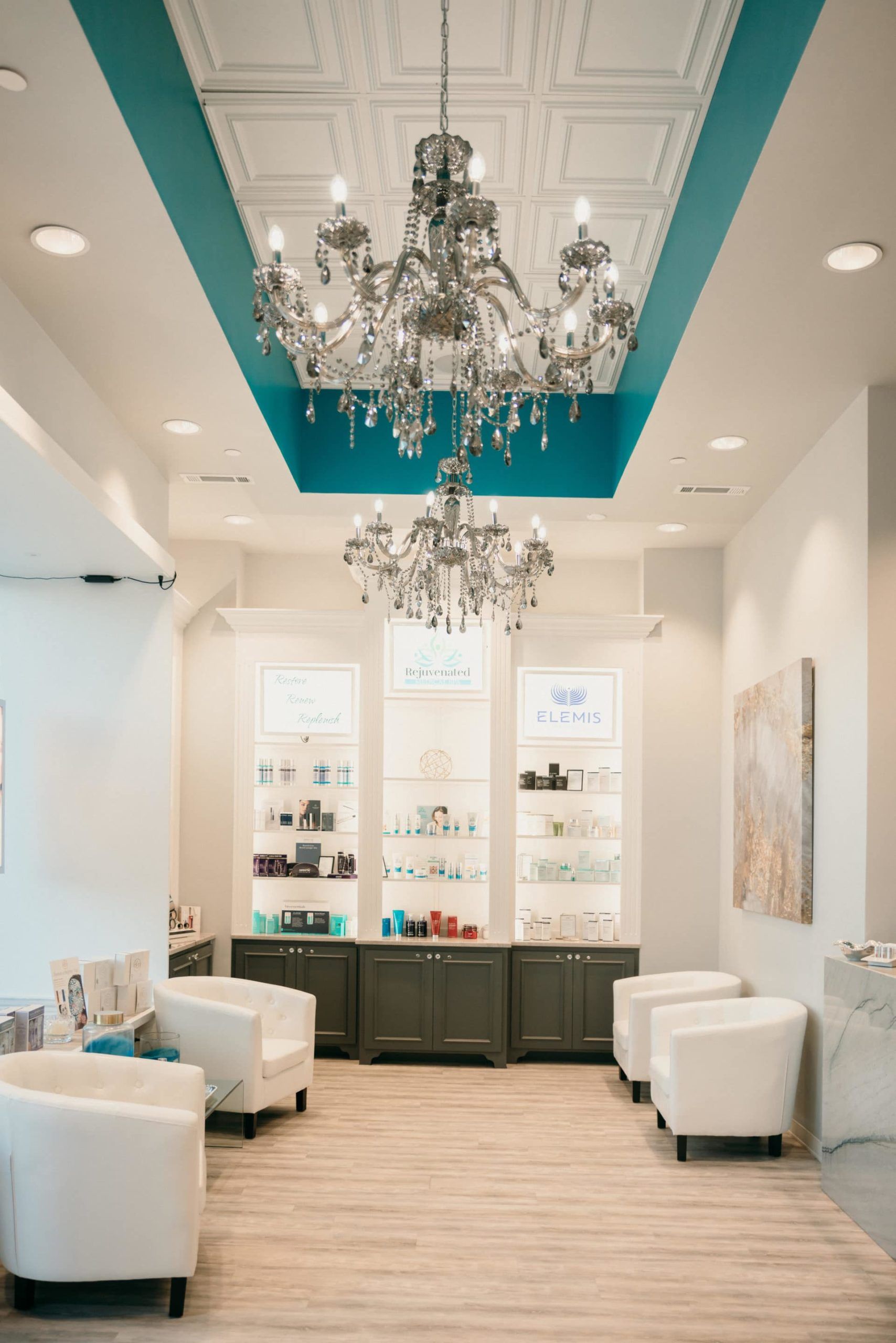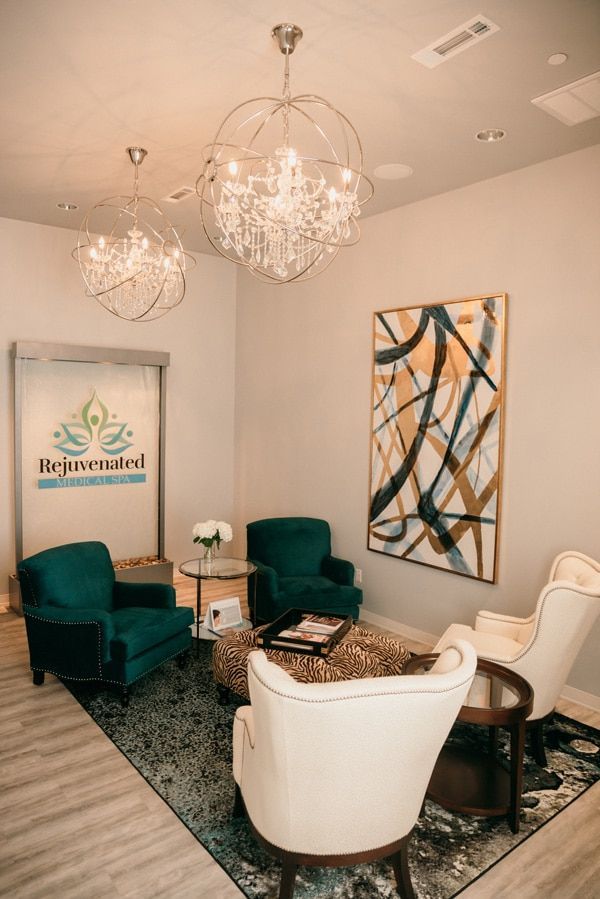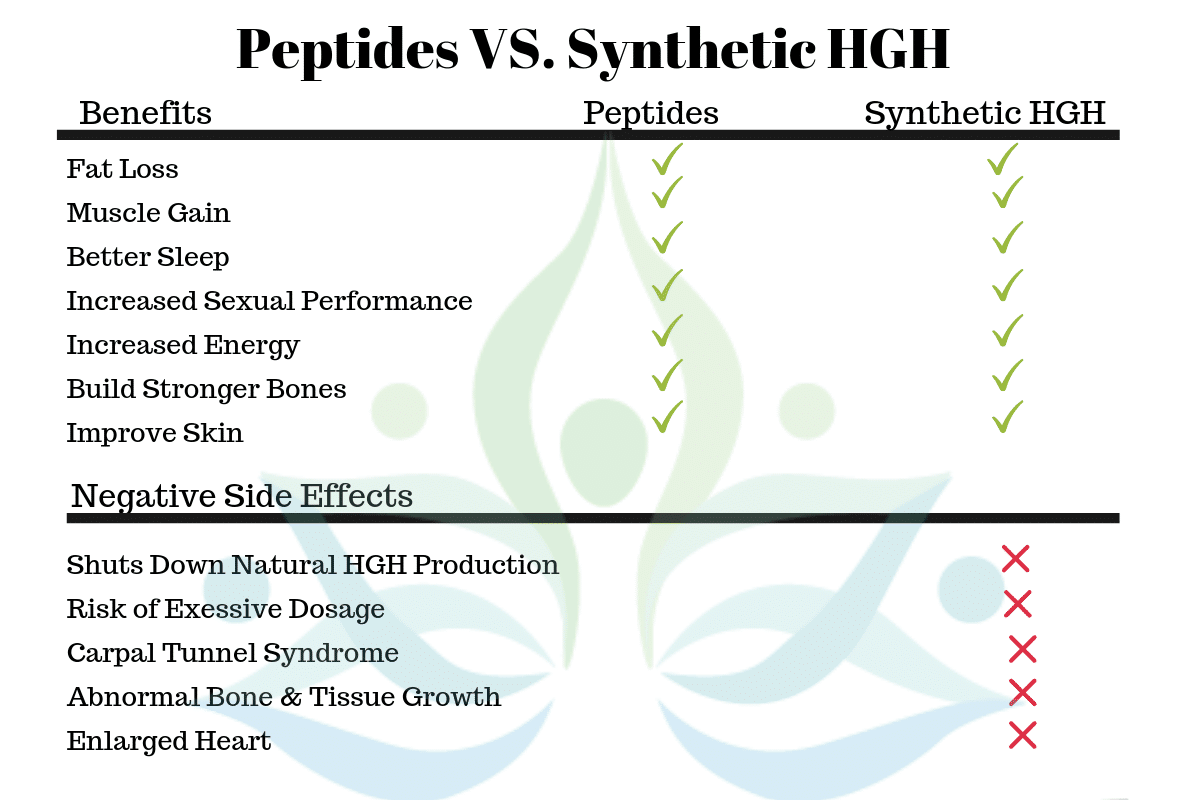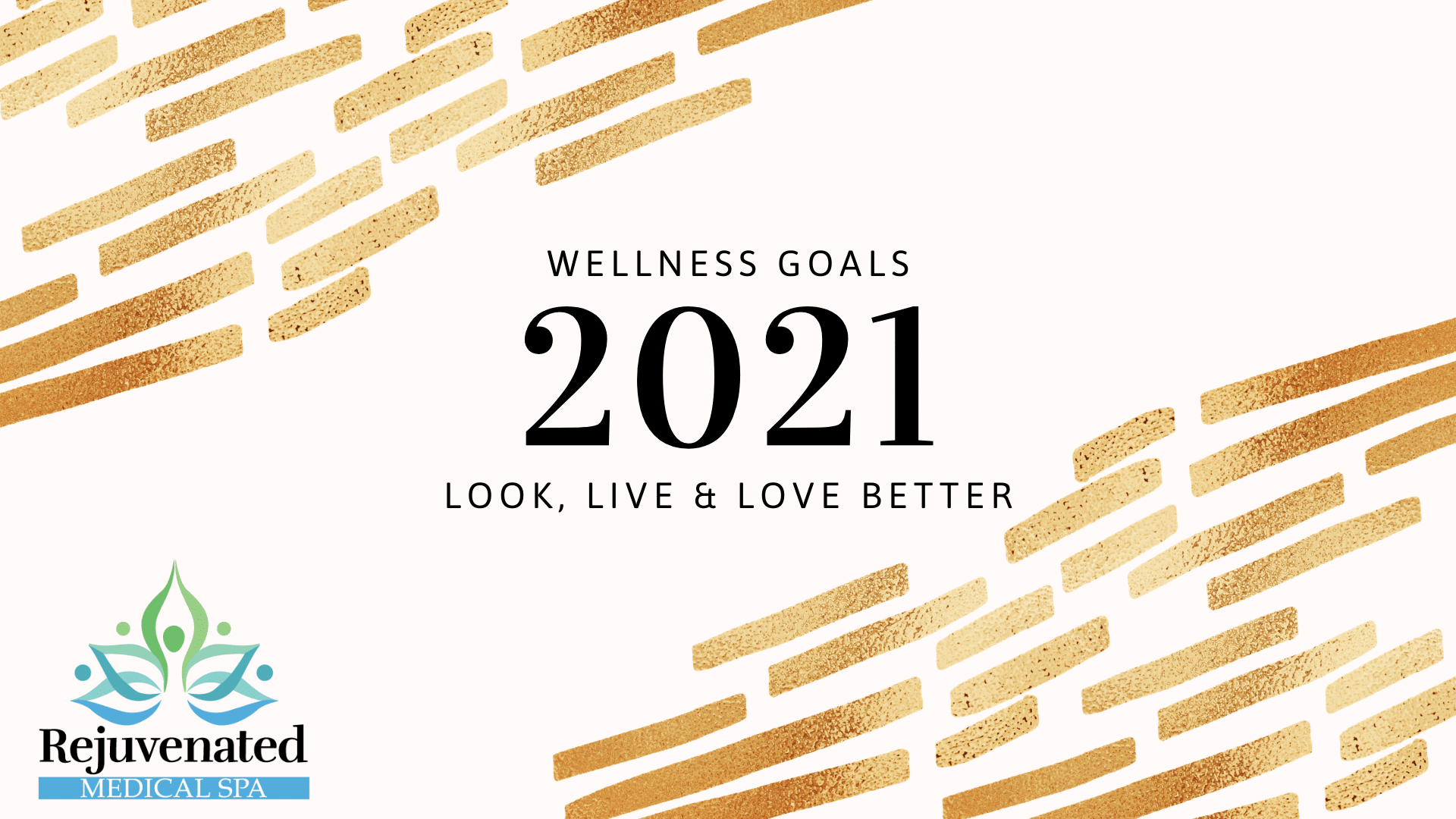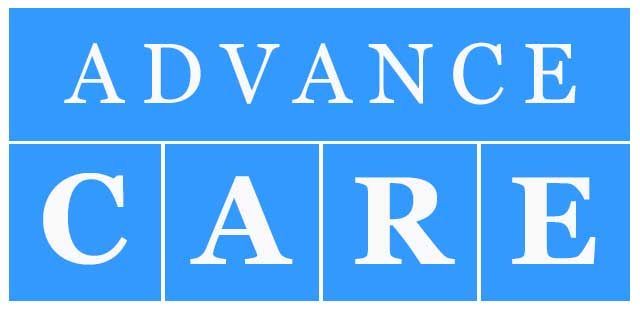Putting An End To Acne
Acne Overview: Causes, Treatment Options, & FAQs
Acne at any age is frustrating. We get it. We understand.
If the day to day frustration of acne wasn’t enough, there are countless occasions coming up on your calendar that you would do anything for clear skin. For some the occasion may be prom, or a big interview, while others it’s a wedding or a special vacation. And the more we stress about it, the worse the problem seems to get.
We have some good news for you. You are not alone AND there is likely an alternative treatment path that you haven’t ventured down just yet.
According to the American Academy of Dermatology, acne is the most common skin condition in the United States (3). Almost everyone suffers from acne at some point in their life and the number of adults with acne is growing. Physicians are not sure why this is occurring. Symptoms can range from a mildly bothersome to a more severe condition causing problems with self-confidence. Acne lesions are most common on the face but can occur anywhere that there are hair follicles.
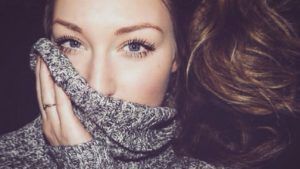
Understanding Acne
Before we dive into some of the unique ways to treat acne, we’ll give you a quick overview of the causes as well as the kinds of acne.
What Causes Acne?
Although acne may not be completely understood, much is known about the causes of acne.
- Clogged Pores : Oil and dead skin cells initially clog the pores of your skin. Pores are actually hair follicles that contain an oil producing sebaceous gland. These pores can therefore easily become clogged with oil and dead skin cells.
- Bacteria : The bacteria Propionibacterium Acnes (and others) occur naturally on the skin, but in large numbers they can trigger acne. The clogged pores trap bacteria allowing them to multiply in a closed environment.
- Hormones : hormonal changes, especially testosterone, can increase oil production of the skin. This increase in oil allows pores to become clogged more easily.
Types of Acne:
- Comedones (aka blackheads and whiteheads): Open comedones, or blackheads, occur when oil and dead skin cells clog the pore but the top of the pore remains open. This is why blackheads have the black color. Closed comedones, or whiteheads, occur when the top of the pore becomes closed leading to a small bump on the skin. Comedones are non-inflammatory acne lesions and are typically small.
- Papules and Pustules : Papules occur when the walls of the pore break down and inflammation develops. Pustules occur when the walls of the pore break down and pus forms within the lesion. Both of these are characterized by inflammation in and around the lesions.
- Nodules : Nodules occur when the pore becomes clogged deeper within the skin surface and inflammation is more severe.
- Cysts : Cysts occur when the clogged pore is very deep (deeper than nodules). This type of acne is often the most difficult to treat and is also the most likely to scar.
Acne Treatment Options
Acne treatments mainly focus on one or more of three mechanisms.
- Limit Sebum (oil) production
- Inhibiting bacterial growth (benzoyl peroxide)
- Encourage the shedding of skin cells to unclog pores (salicylic acid)
Cleansers:
There are thousands of cleansers on the market. Many of these are effective but many are not. Some can also leave a film on your skin. This film is not harmful but can block your active skin care products from being absorbed properly, thereby wasting your money and limiting the benefits of those products. Most cleansers aimed toward acne have some combination of benzoyl peroxide, glycolic acid, or salicylic acid. Cleansers must be used consistently to see results. Benzoyl peroxide acts to kill bacteria on the skin. Acetone can help to reduce sebum on the skin and alcohols can help to kill bacteria.
Topical Treatments:
Retinoid products keep pimples from being able to form. It causes increased turnover of skin cells, which keeps your pores from becoming clogged. Retinol products will typically need to be used 8-12 weeks to show improvement. These products may appear to worsen your skin initially as they uncover pimples that are already forming under the skin. These products can also be irritating to the skin. Many patients are not able to use them every day due to this irritation.
Topical Antibiotics:
There are many topical antibiotics used in the treatment of acne. Clindamycin and metronidazole are commonly used topical antibiotics. These are usually combined with benzoyl peroxide to help avoid bacterial resistance to daily use of topical antibiotics.
Oral medications:
Retinoids/Vitamin A derivatives:
Retinoid products increase cell turnover and can be prescribed by a physician as oral medications or topical prescription products. These products do have risks and physicians will typically obtain blood work regularly to help monitor safety. It is also absolutely imperative that female patients do not become pregnant while using these medications as they can lead to serious birth defects or even death of the fetus.
Oral Antibiotics:
Some of the most commonly used antibiotics are doxycycline, minocycline, clindamycin, and erythromycin. These prescriptions limit bacterial growth on the skin. They can have adverse effects such as rash and nausea/vomiting/diarrhea. I try to avoid these long-term because they also kill beneficial bacterial
Oral Contraceptives:
There are dozens of oral contraceptives available. Oral contraceptive pills or OCPs are often used to help control acne that may be affected by hormonal shifts. Interestingly, sometimes oral contraceptives can worsen acne as well. I try to avoid prescribing OCPs for only acne but many women do see improvement in their acne while taking OCPs.
Spironolactone
Spironolactone is a diuretic drug used for high blood pressure, heart disease and other conditions. It is also used for hormonal acne with some success. Spironolactone is believed to work by blocking hormone triggered oil production in the skin and has been shown to provide safe and effective reduction in acne (10). Spironolactone can cause birth defects and should not be used in women who may become pregnant.
Supplements and Natural Remedies
There are many natural remedies used for acne. Evidence is lacking for the majority. I only included three commonly used treatments below.
DIM
Diindolylmethane or DIM is a chemical found in cruciferous vegetables such as broccoli, cauliflower, and Brussel sprouts. There is a fairly large amount of research on DIM, mostly evaluating the reduced risk in certain types of cancers such as breast or uterine cancer (1). DIM alters the metabolism of estrogens so that there are less harmful metabolites and more protective estrogen metabolites. DIM has also been used extensively to improve hormone related acne. I recommend and carry DIM from Douglas Laboratories. They formulate their DIM in a way that is absorbed much better than most other companies (2). I also recommend Accumax from Jane Iredale, which contains DIM and other nutrients such as vitamins A, C, and E, that have been shown to improve acne over time (4). I have seen improvement in my patients using both of these products.
Tea Tree Oil
Tea tree oil may help to reduce oil and unclog pores. There are some studies that show improvement of acne with regular use of tea tree oil. However, most of these studies are very small and not of high scientific quality.
Aloe Vera
Aloe Vera is a natural remedy used for many things including acne. There is limited evidence for aloe vera and it is rarely effective when used alone. I did find one study that showed better results when using higher concentrations of aloe vera (9).
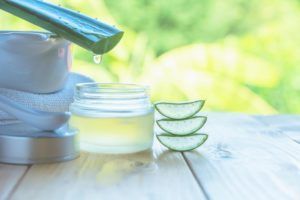
Other Treatment Options:
Facials :
Regular monthly facials such as dermaplane or microdermabrasion/hydrodermabrasion can help to remove dead and older skin cells, which reduces the risk of clogging the pores.
Laser/Intense Pulsed Light :
Laser and Intense Pulse Light (IPL) treatments have been shown to reduce acne (7). These treatments are safe and can be effective for acne. I frequently recommend these treatments for persistent acne.
LED Light Therapy :
LED light therapy is an easy way to improve acne. There is no significant risk and the procedure is painless. I typically recommend LED therapy in conjunction with other treatments. We frequently use LED as an additional treatment during facials. LED therapy has been shown to reduce acne lesions but often takes several sessions to see improvement (8).
Chemical Peels :
Chemical peels are frequently used to exfoliate the skin to a deeper level than a microdermabrasion or other type of facial. These peels can also be customized to improve pigmentation and reduce signs of aging
Frequently Asked Questions:
Q. Should I pop a pimple?
A. While tempting, it is almost never advised to pop an acne lesion. Disrupting the skin surface can increase the risk of scarring and can spread the bacteria leading to more acne lesions. If you are unsuccessful, you can push the contents of the clogged pore deeper, which can lead to a deeper and more inflamed lesion. A physician or aesthetician can uncover these lesions in a sterile technique to minimize the risk of scarring and spread of acne lesions. If you absolutely must pop an acne lesion at home, it is best to be sure your skin and hands are as clean as possible.
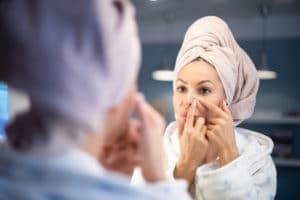
Q. Do certain types of food cause acne?
A. While diet may affect acne, there is no direct or clear evidence that certain foods cause or worsen acne (5). However, there are some studies that show evidence for diet improving acne. One such study was of 43 young men who ate a low glycemic index diet and did show improvement in acne lesions (6).
Q. Is my makeup causing acne?
A. Makeup does not typically cause acne but there are some key points to remember. Always remove makeup at the end of the day to help keep pores open. Certain types of makeup may irritate sensitive skin, which can increase inflammation and acne. Never share makeup as this allows the transfer of bacteria, which could lead to acne. It is also a good idea to clean and replace makeup brushes regularly. While it is not completely understood, it is likely a good idea to use makeup free of parabens, alcohols, fragrances, dyes, silicones, and acrylics. Many brands offer makeup that is labeled “non-comedogenic”.
So What’s Best For You?
We would love to be able to recommend a blanket treatment that works for everyone. However, it’s not that simple. But don’t lose heart! Rejuvenated Medical Spa has been helping adults and adolescents adjust their current skin care regimen & treatments in order to achieve clear skin. We even offer VISIA Digital Complexion Analysis. The VISIA captures visual information from six areas affecting skin health and appearance: wrinkles, spots, pores, texture, porphyrins (evidence of bacteria in pores), and UV spots, typically from overexposure to sun. This analysis is typically $100+ but we offer it as a complimentary service to our clients as part of their intake consultation.
With the VISIA we are able to:
- Identify your skin’s conditions topically and below the surface
- Renew and maintain facial vitality for lasting skin health
- Plan an individualized program based on your specific results
- Track your progress along your skin care journey
So if you are ready to get to the root of the problem and start living life without the constant frustration of acne, we are here to help! Give us a call today (479-335-5777) to schedule your skin consultation.
References
- https://cebp.aacrjournals.org/content/26/3/435.1
- https://www.douglaslabs.com/our-products/shop-by/products-a-z/dim-reg-enhanced.html
- www.aad.org
- https://janeiredale.com/us/en/mineral-makeup/skin-accumax-supplement.htm
- https://www.sciencedirect.com/science/article/pii/S0738081X0900056X
- https://academic.oup.com/ajcn/article/86/1/107/4633089
- https://www.ncbi.nlm.nih.gov/pmc/articles/PMC3051300/
- https://www.tandfonline.com/doi/abs/10.1080/14764170600735912
- https://www.sciencedirect.com/science/article/abs/pii/S0962456203001413
- https://www.ncbi.nlm.nih.gov/pmc/articles/PMC5440451/
Services
Sitemap
© 2024 Rejuvenated Medical Spa. Site by Luna Marketing. | Privacy Policy | Financial Policy |
